Milos, a jewel in the crown of the Cyclades archipelago in Greece, entices travelers with its volcanic landscapes, crystal-clear waters, and a storied past that dates back to ancient civilizations. Known for the discovery of the iconic Venus de Milo, this island blends natural beauty with historical richness, making it a top destination for those exploring the Aegean Sea. Below are three of the most common questions curious travelers ask about Milos.
1. What Makes Milos Famous?
Milos is not just another dot on the map of the Mediterranean; it’s a place where nature and history intersect in spectacular ways. The island’s claim to fame is undoubtedly its stunning natural landscapes, particularly the moon-like surface of Sarakiniko Beach. This white volcanic rock formation against the backdrop of azure seas creates a surreal scene that attracts photographers and nature lovers alike.
Furthermore, Milos’s historical significance adds depth to its appeal. The discovery of the Venus de Milo, now housed in the Louvre, underscores the island’s rich archaeological heritage. Visitors can explore ancient ruins and learn about Milos’s role in the broader narrative of Greek history.
2. What Are the Best Beaches to Visit in Milos?
Milos boasts over 70 beaches, each offering something unique. Sarakiniko, with its stark white rocks and emerald waters, is perfect for those looking for a distinctive landscape reminiscent of another planet. For adventurers, the coves of Kleftiko offer incredible snorkeling opportunities amidst pirate hideouts and natural arches.

Firopotamos is another must-visit, where traditional fishermen’s houses and a small church line a beautiful bay, blending cultural charm with scenic beauty. For those willing to trek a bit, Tsigrado Beach, with its hidden coves and sandy shores accessible only through a narrow passage, rewards the effort with privacy and pristine waters.
3. What Is the Best Time to Visit Milos?
Timing your visit can dramatically affect your experience. The best months to visit Milos are from May through October when the weather is most conducive to outdoor activities. July and August represent the peak of the tourist season when the island buzzes with energy and excitement. However, for those looking for a more serene visit, late May, June, or September are ideal. These months offer warm, comfortable weather, fewer crowds, and the same stunning landscapes and cultural experiences.
Milos is a captivating blend of natural beauty, historical treasures, and cultural depth, making it a must-visit destination in the Greek islands. Whether you’re a history buff, a beach lover, or just in search of some spectacular views, Milos offers a bit of everything. With friendly locals, delicious Mediterranean cuisine, and an array of activities from hiking to sailing, Milos promises an unforgettable escape into the heart of the Aegean.


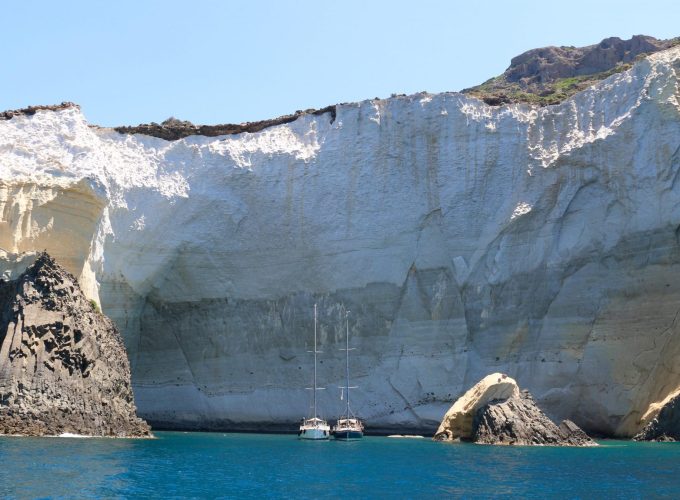















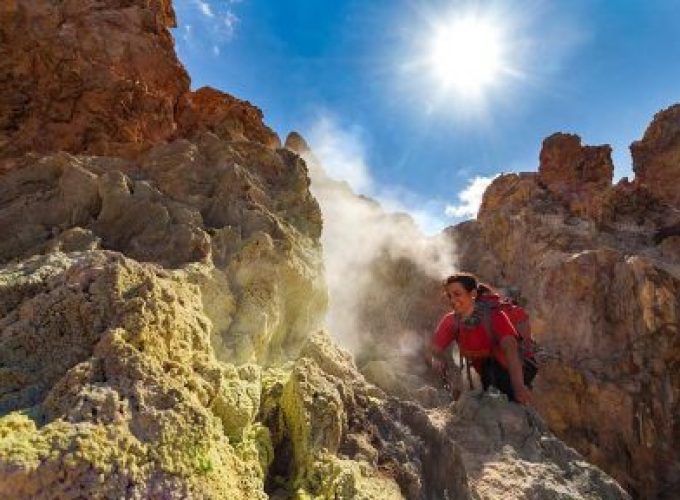


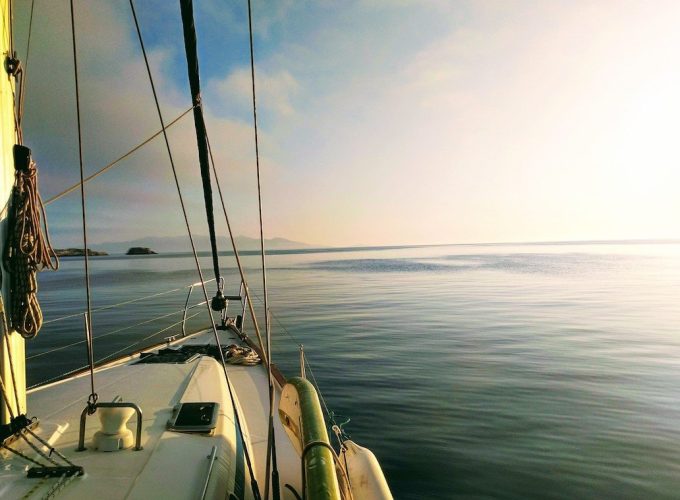




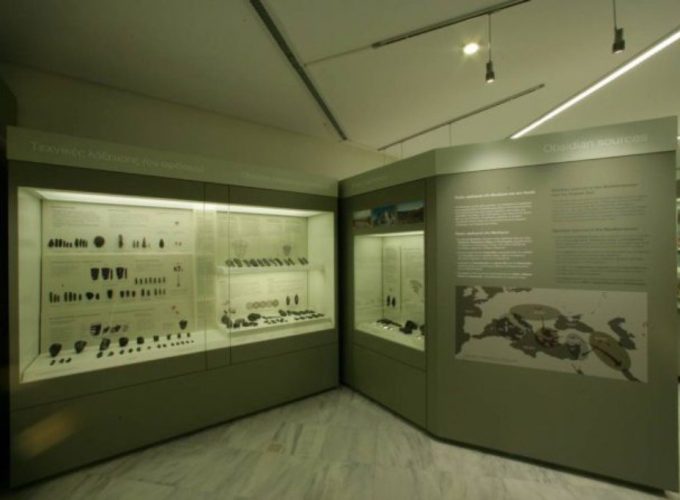







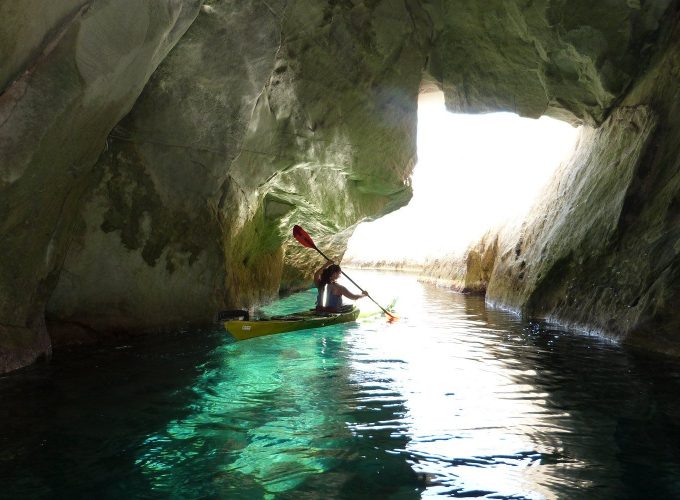














Comment (0)